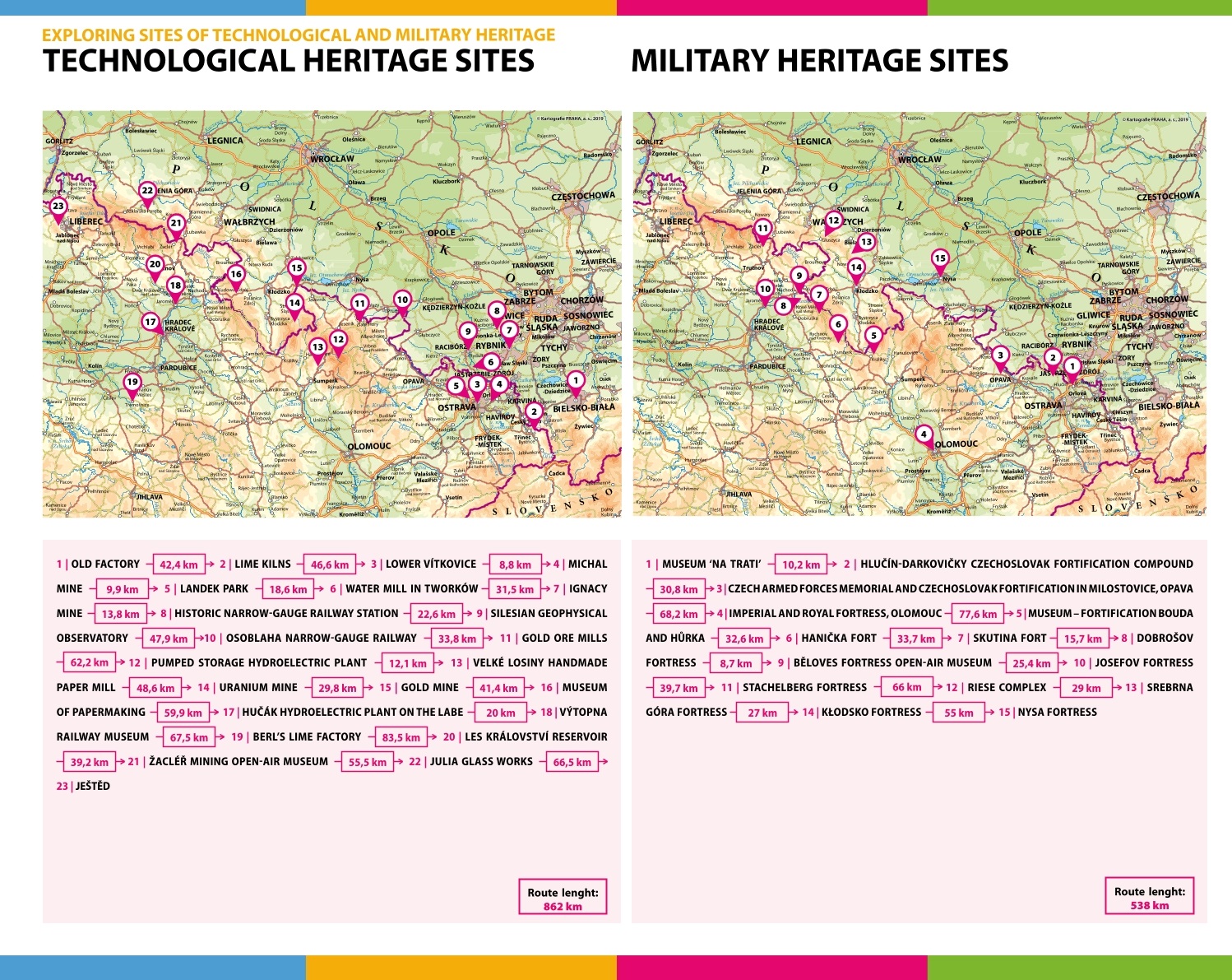
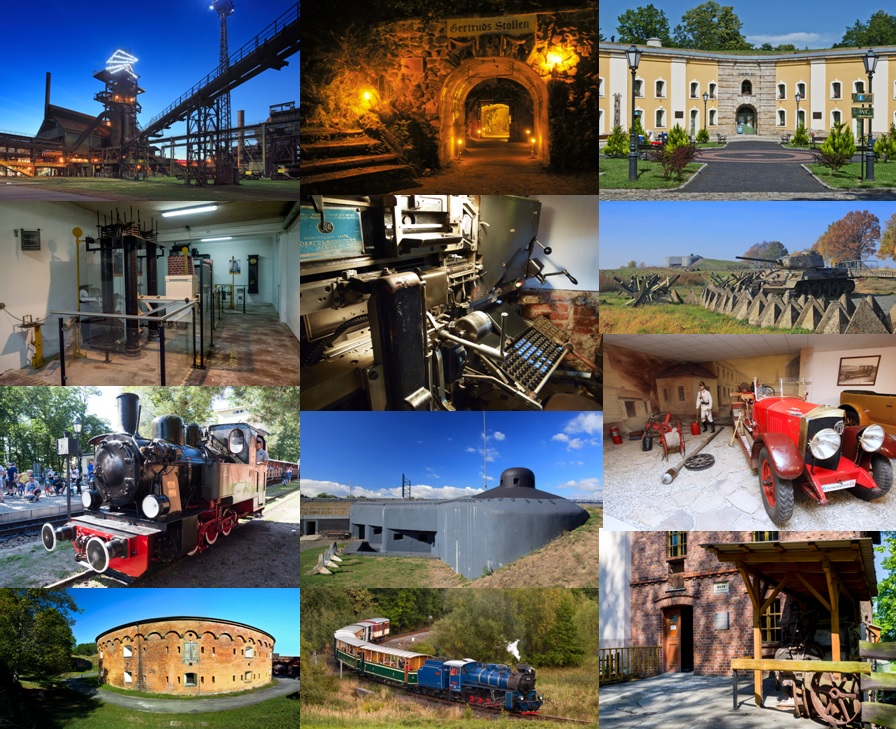
Awaken your curiosity and visit old mines; let the views over the majestic reservoir in the world’s third largest hydro-power plant, set in the Jeseníky landscape, carry you away; enjoy an unconventional ride on a narrow-gauge railway; take a peek inside the world-famous Robot Factory; or try to pan for a gold nugget in Zlaté Hory. You can experience all this, and much more, while exploring the unique technological landmarks in the Czech and Polish borderlands.
|
1. Old Factory, Bielsko-Biała Established in 1979, the purpose of the Textile Production Museum was to collect artefacts related to the centre of the wool industry in Bielsko-Biała. These mostly include different kinds of machinery and equipment used for spinning and weaving, as well as millinery machinery. |
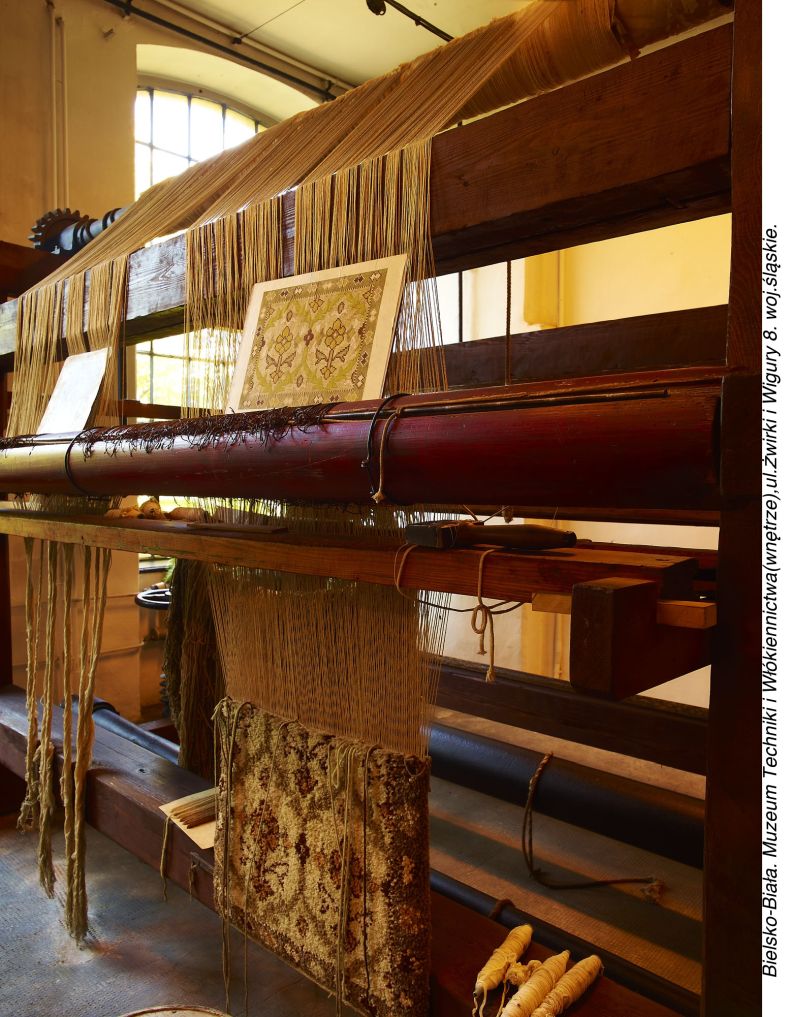 |
|
2. Lime Kilns, Vendryně The kilns were built in the early 19th century, when iron ore was mined in the village. Around the same time, lime was mined there and then fired in ‘Wopienkas’, as the kilns were called in the local dialect. These are two circular, shaft furnaces, which were put out of operation in 1965.
|
|
|
TIP!
Museum of Ustroń
|
The museum’s permanent exhibition shows visitors the history of the town and local industry. |
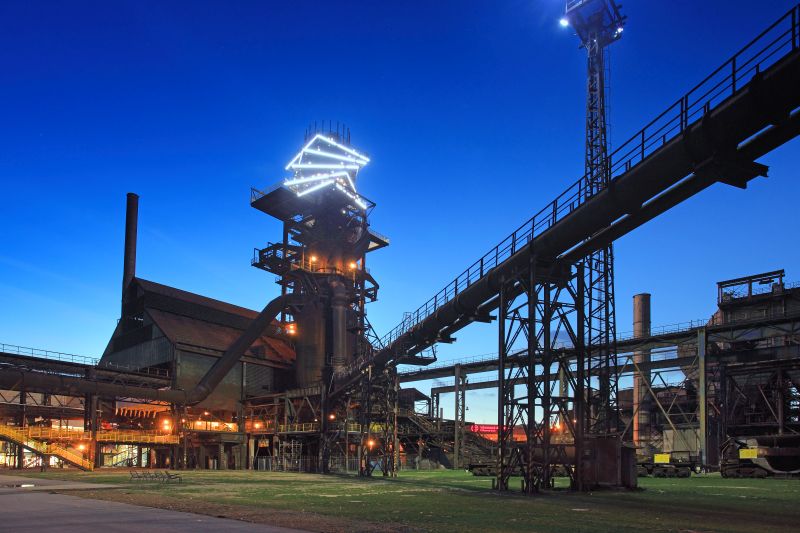 |
3. Lower Vítkovice, Ostrava This globally unique site, where coal was mined and crude iron produced between 1828 and 1998, is today an outstanding educational, social and cultural centre. The Gong Multipurpose Auditorium and its gallery, the U6 Small World of Technology and Landek Park, which houses the largest exhibition on mining in the Czech Republic, are all part of Lower Vítkovice. Did you know that…? The site also includes the Big World of Technology, where science and technology are presented as a fun game, and the Hlubina cultural quarter, which attracts musicians and artists. |
|
4. Michal Mine, Ostrava In this former mine, you can walk along the route the miners used to take before the actual work in the mine commenced. Here you can see, for instance, a chain changing room, showers, a badge storage room, register room, lamp room and a food dispensary. There is also a geologist’s office and a medical room. The unique steam machine, dating from 1903 and still in working order today, is the pride of the museum. |
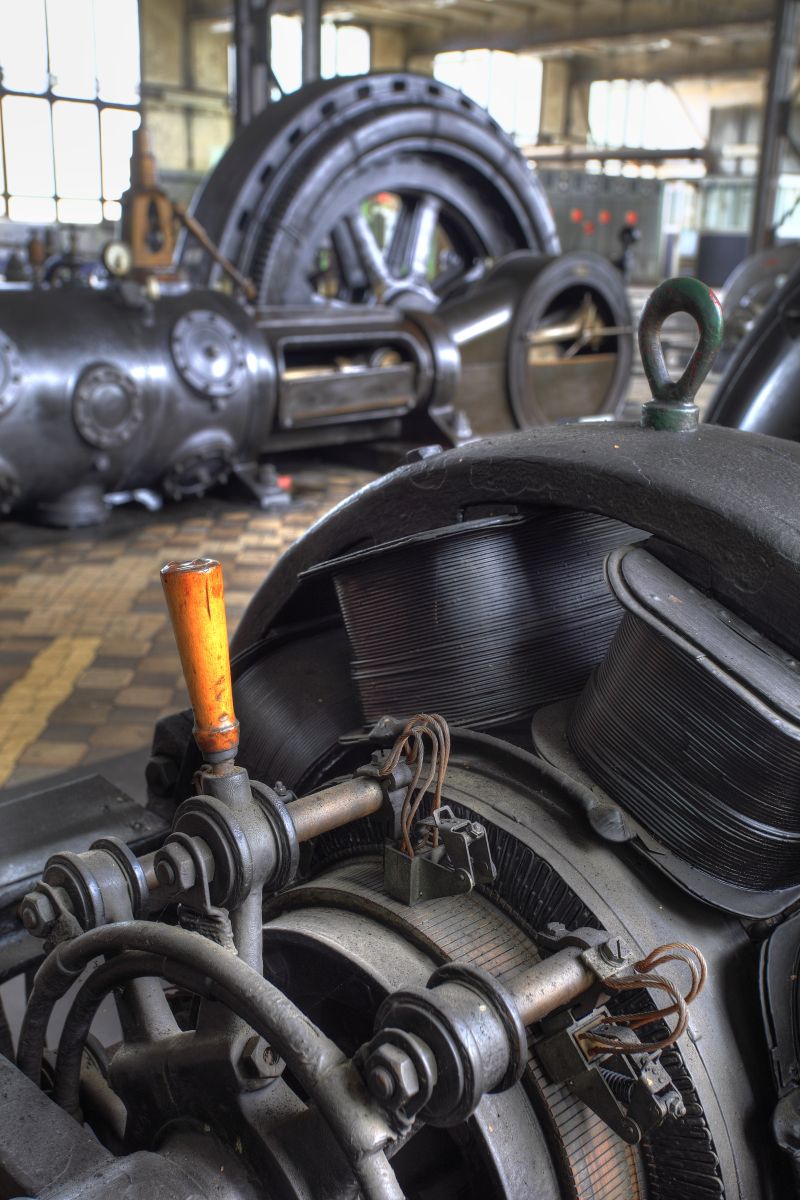 |
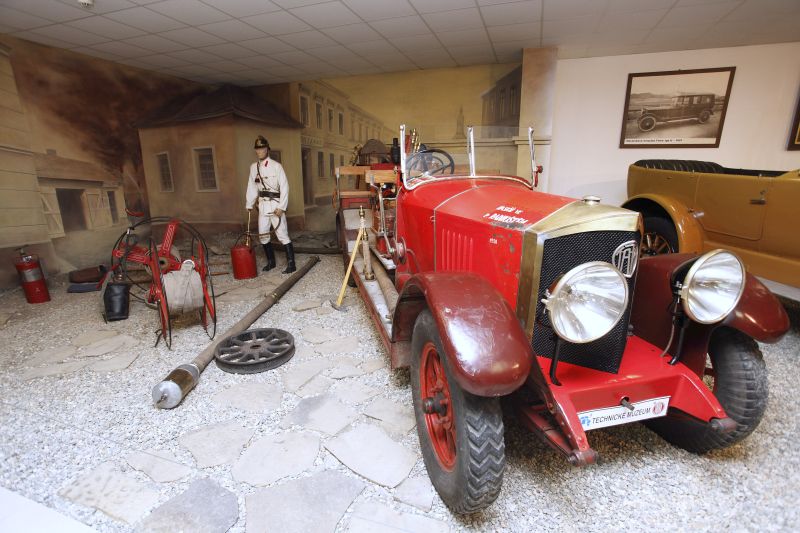 |
TIP! Tatra Museum of Technology, Kopřivnice The most complete collection covering the Kopřivnice Vehicle Production Plant, which later won renown as the phenomenal TATRA Car Manufacturer. |
|
5. Landek Park, Ostrava In this largest mining museum in the Czech Republic, you can go down in a cage lift to a coal seam and experience for a while what it was like for the miners down in the pit. In addition to the mining exhibition, be sure you also visit the exhibition on mine rescue work, mining and excavating machinery, the history of mine transportation and settlements. |
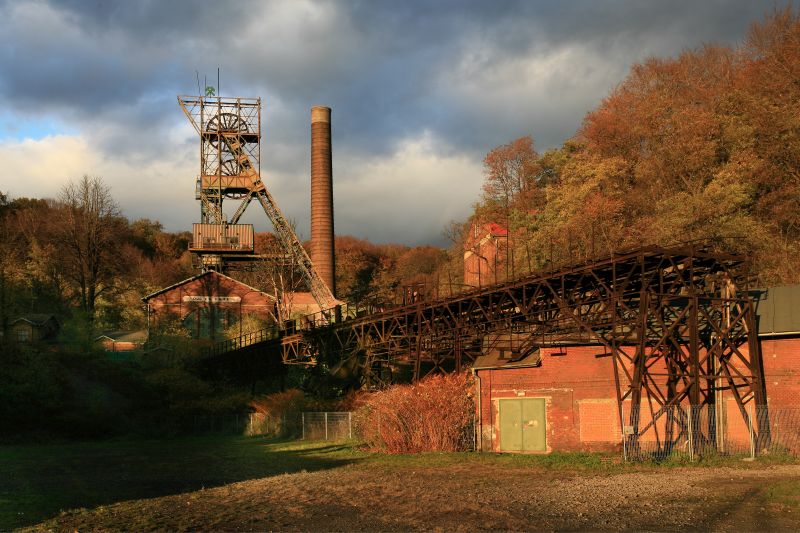 |
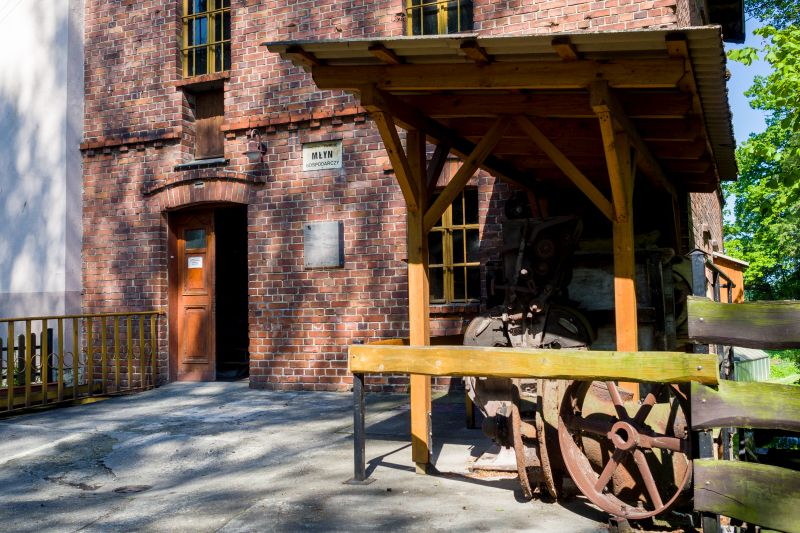 |
6. Water Mill in Tworków The 1914 Water Mill is still in working order and produces around 3 tonnes of flour per day. |
|
TIP!
Scythe Factory |
This historic, rural building houses a display on the making of small farming tools, a forestry exhibition and an exhibition on rural life. During special tours, you can try washing laundry on a washboard and basket weaving. |
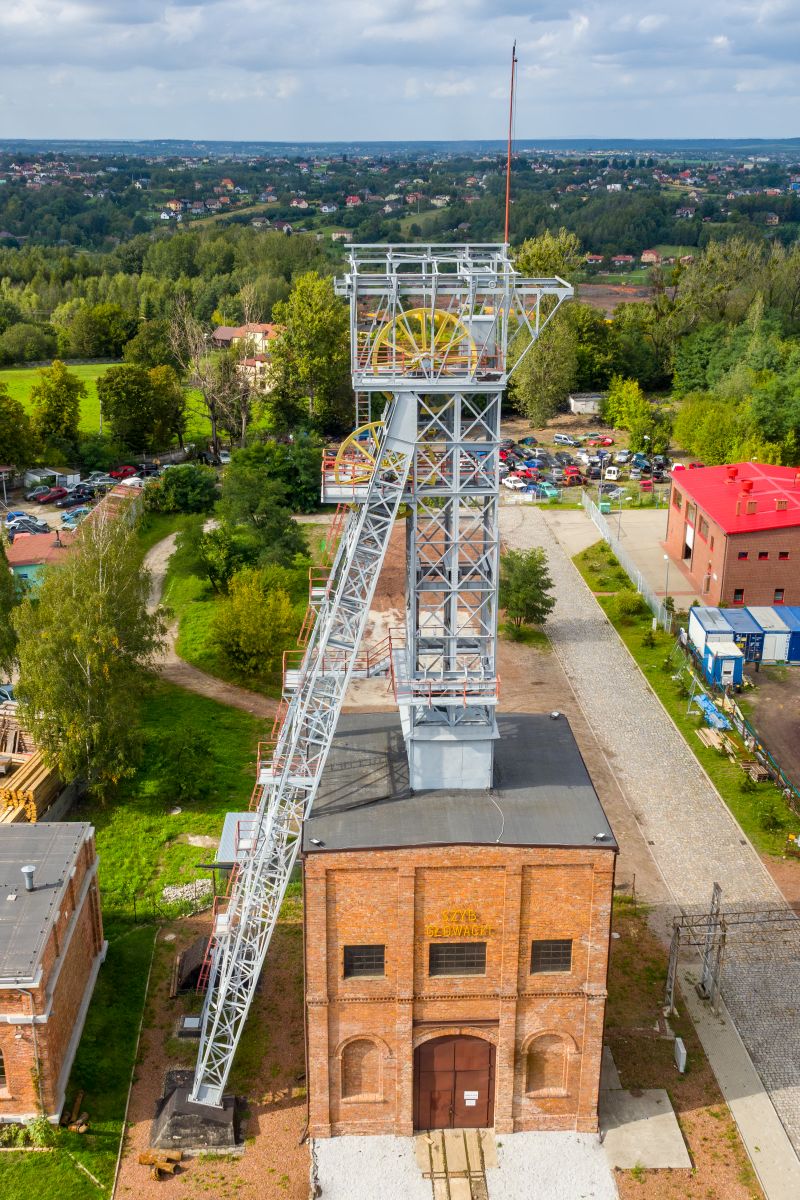 |
7. Ignacy Mine, Rybnik The Industrial and Cultural Centre serves not only as a history museum where visitors can see, for instance, steel headframes, an observation tower, distribution substations, steam machinery and many other mining artefacts, but also as a cultural centre for the entire region. |
|
TIP! Robot Factory, Moszna In this museum, you can explore robots, especially sci-fi movie characters, the biggest of which is up to 3.5 metres tall and weighs nearly a tonne. There are also a lot of utility items here. Everything is made mostly from automotive scrap. |
|
|
|
8. Historic Narrow-Gauge Railway Station in Rudy
|
|
TIP!
Mill in Brzeźnica The brick mill, built in the 1920s, was put back into operation in 2006.
Did you know that…? The mill is linked with Joseph von Eichendorff, a German Romantic poet who fell in unrequited love with the miller’s daughter and reflected his feelings in his poem entitled ‘Das zerbrochene Ring’ (The Broken Ring). |
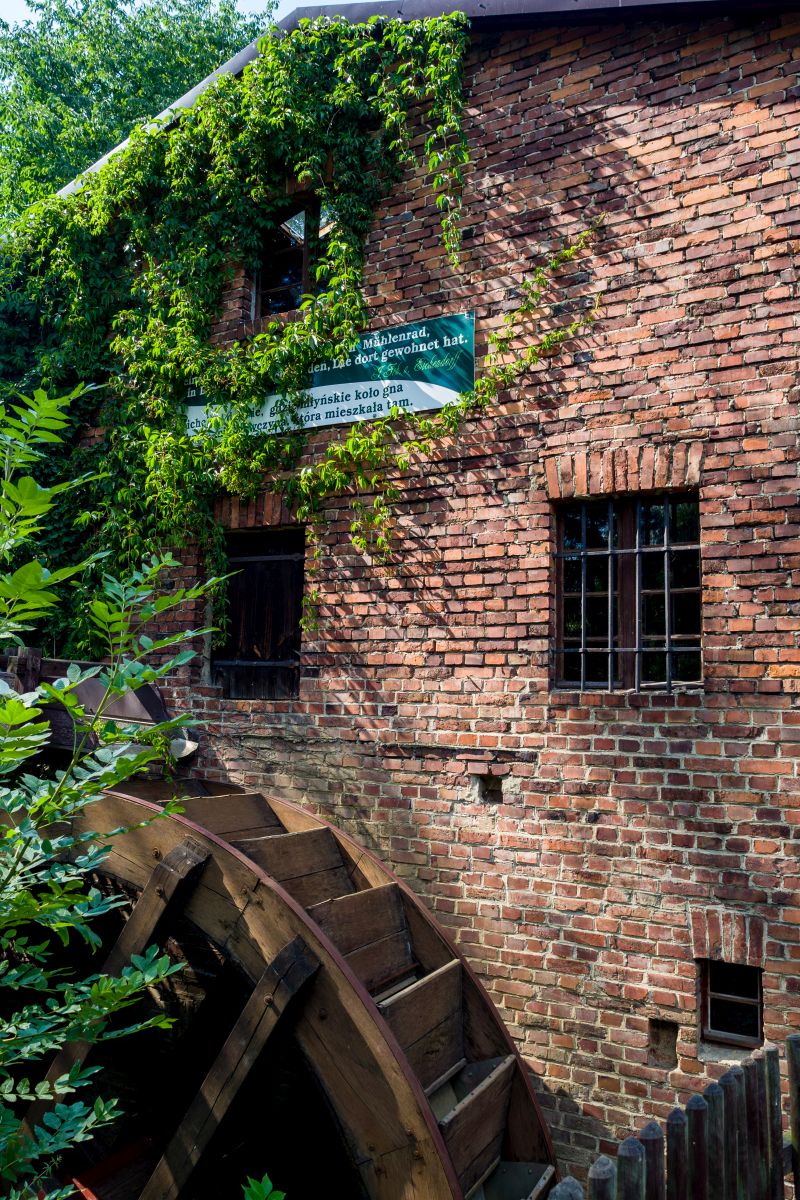 |
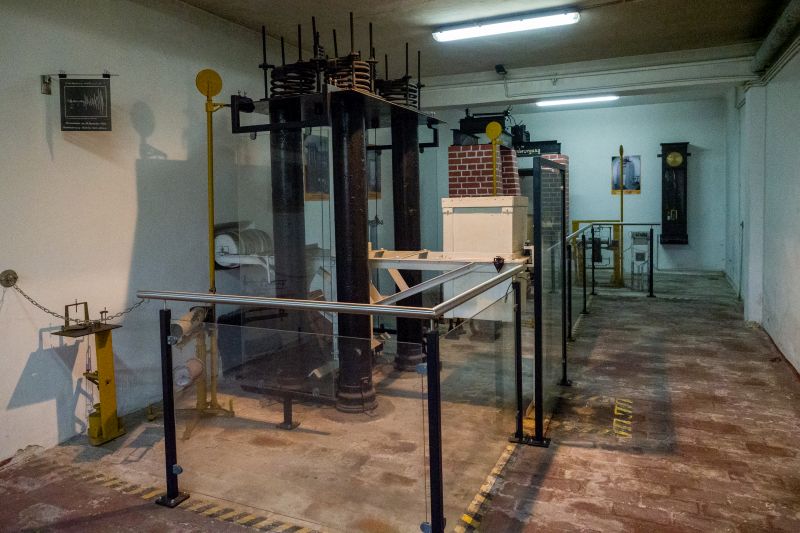 |
9. Silesian Geophysical Observatory, Racibórz The observatory was founded in the 1920s to conduct research into the negative aspects of mining activities. Today, you can explore old seismographs displayed in a small museum located in the basement of the building. |
|
TIP!
Royal Iron Works in Zagwiździe This 18th-century former royal iron works compound includes brick buildings (a store house, foundry and smithy connected via two channels). |
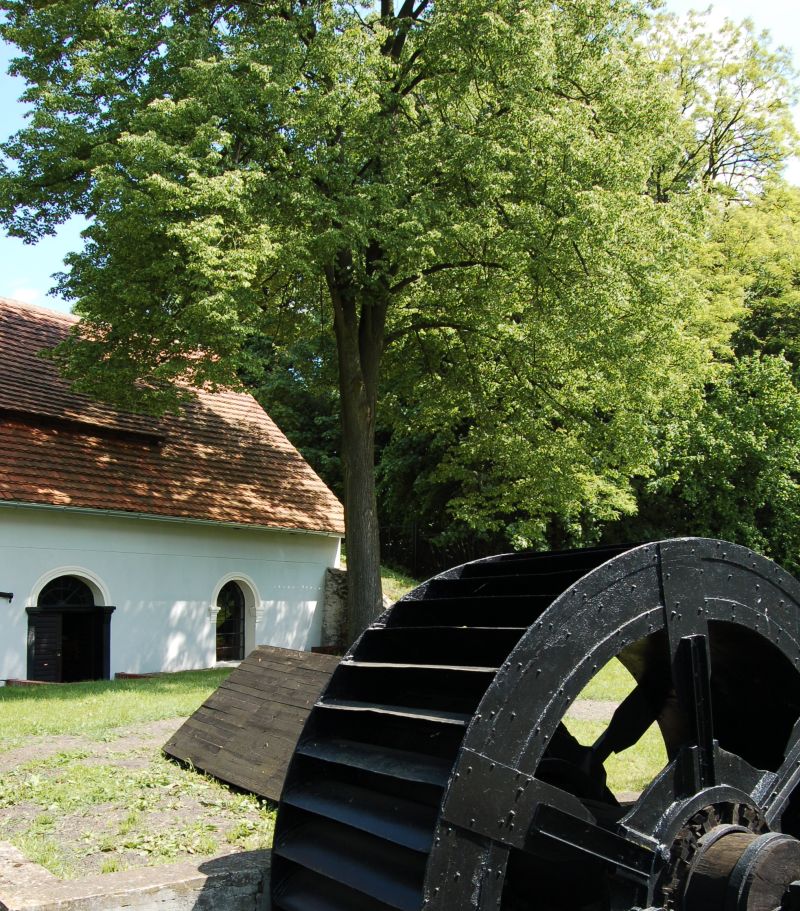 |
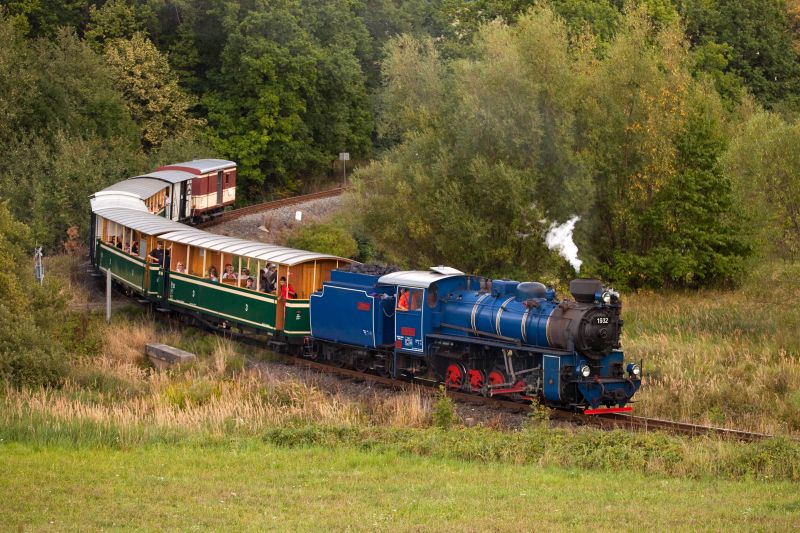 |
10. Osoblaha Narrow-Gauge Railway, Osoblaha Both traditional and steam trains have been regularly running on the last remaining narrow-gauge railway between Třemešná and Osoblaha at the foot of the Jeseníky Mountains for over 120 years. |
|
TIP!
Weaving Traditions Centre, Prudnik The centre strives to keep alive and interpret the tradition of the textile industry, which has been growing here since the 19th century. |
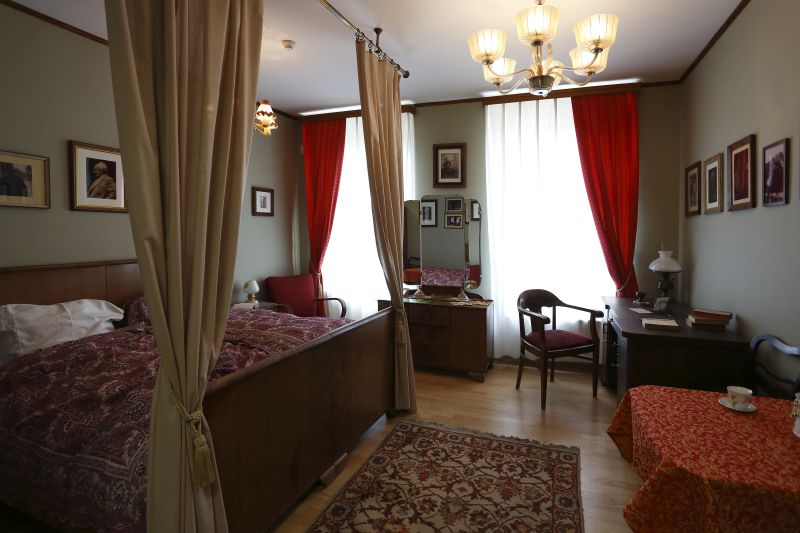 |
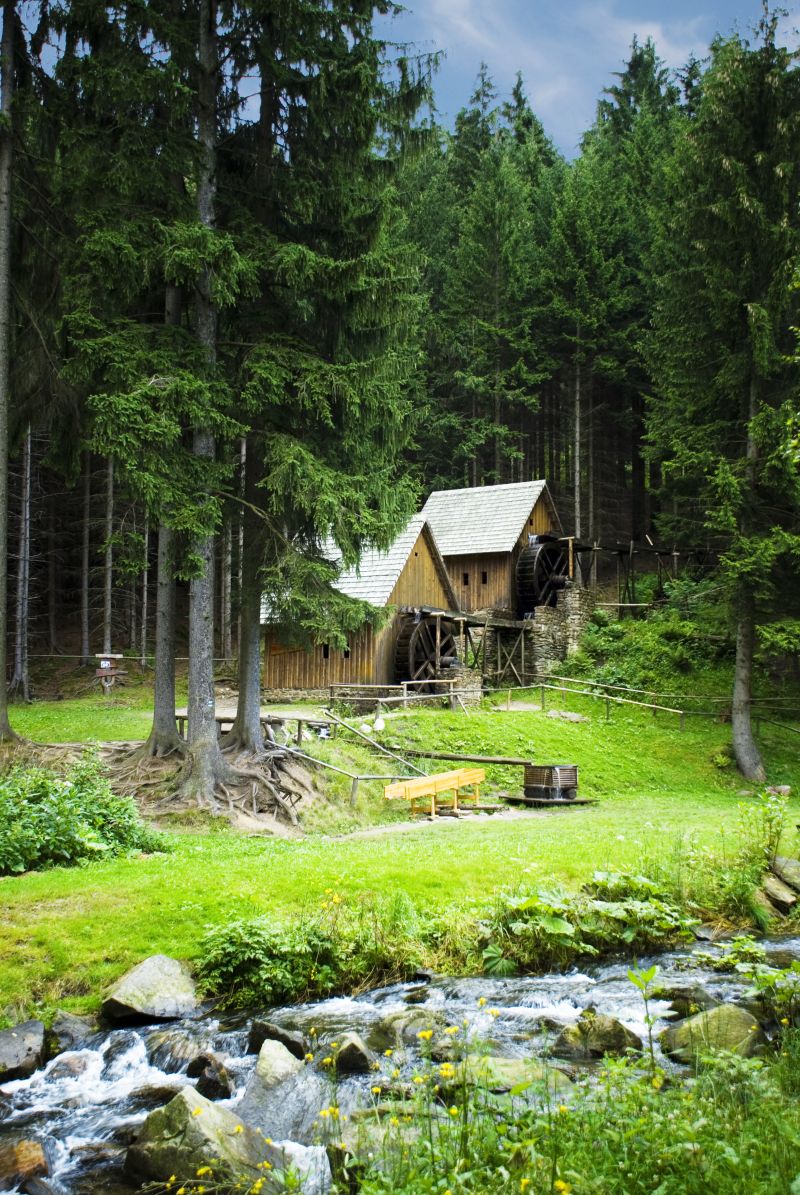 |
11. Gold Ore Mills, Zlaté Hory The Valley of Lost Adits features a replica of 14thcentury gold-ore mills as a remembrance of the golden times of gold mining in the region. |
|
12. Pumped Storage Hydroelectric Plant, Dlouhé Stráně It is the third largest pumped storage hydroelectric plant in the world and the largest hydroelectric structure in the Czech Republic. Most facilities are situated underground. The buildings above the surface have been sensitively incorporated into the surrounding landscape, and together they form a harmonious whole. Tours are available all year round. Online booking in advance is necessary. The tour will take you to technological operations carried out in vast underground halls, the lower reservoir and the imposing upper reservoir. |
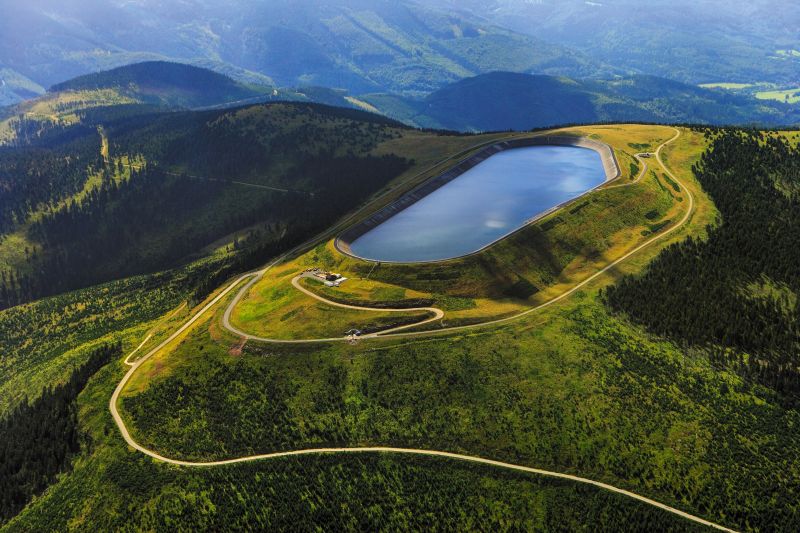 |
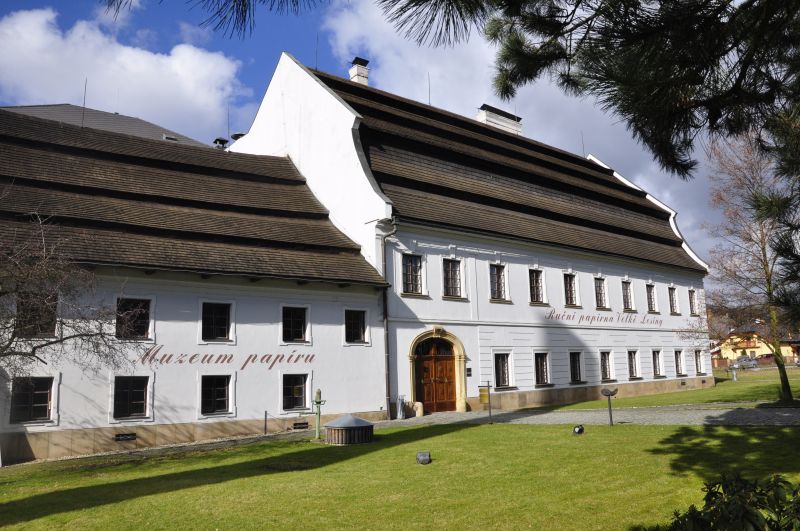 |
13. Velké Losiny Handmade Paper Mill Today, the Handmade Paper Mill is one of the oldest working facilities of its kind in Europe. Paper is made here from cotton and flax using traditional methods. Due to its durability, the paper is primarily used in visual arts, for important correspondence, presentation purposes, and in book-making and antique restoration work. |
|
TIP! Háj Hydroelectric Plant, Třeština The hydraulic structure was built between 1921 and 1924. This is a modern architecture gem built during the interwar period.
|
|
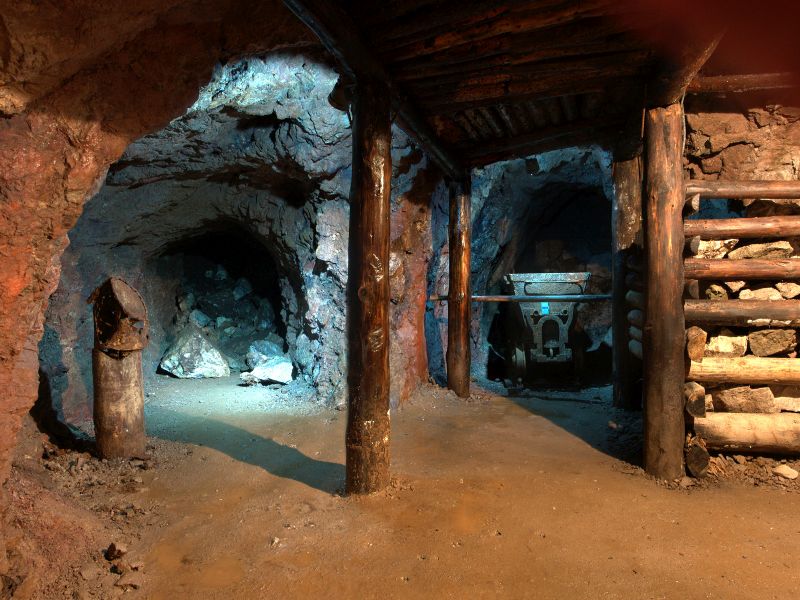 |
14. Uranium Mine, Kletno Iron, silver and copper ore has been mined in the area surrounding Kletno since the Middle Ages. Uranium mining started here in 1948 at the instigation of the Soviet Union, which was searching for uranium resources in order to make an atom bomb. A total of 37 km of tunnels were dug over the five-year period of when the mine was in operation. Around 20 tonnes of uranium were extracted during that time. A 200-metre-long hiking trail, along which visitors learn about a range of minerals and mining equipment, has been open to the public since 2002. |
|
15. Gold Mine, Złoty Stok The greatest local tourist attraction is a sightseeing tour of a former gold mine. The tour starts in the Gertruda Adit, where you can see old mining tools, maps and a gold smelting furnace. The side tunnels were utilized as a laboratory by J. Schärfenberg, a chemist who searched for an elixir of eternal life. However, instead of the elixir, he managed to discover a very strong poison – arsenic. It is even rumoured that it was the Złoty Stok arsenic that was used to poison none other than Napoleon. When you leave the adit, you’ll proceed to the Death Gallery, whose name refers to its gloomy past. Miners who were suspected of stealing gold were reportedly cemented to the walls with mortar and were left to die in agonizing pain. |
|
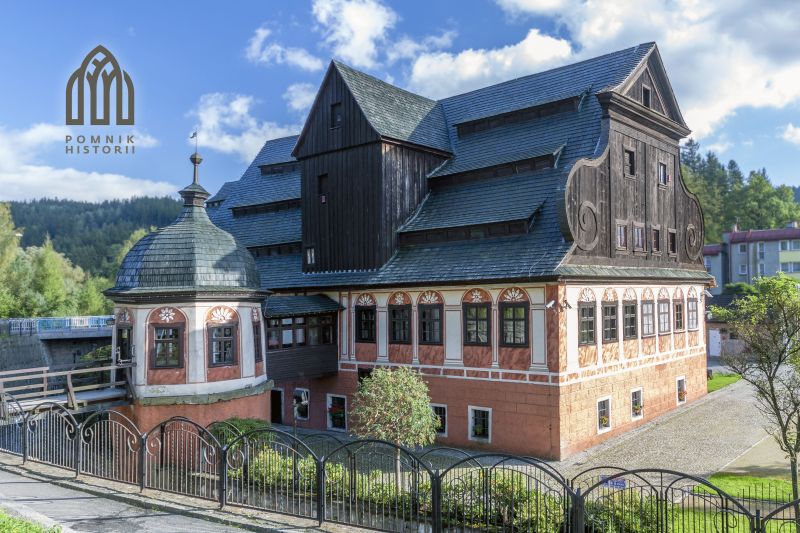 |
16. Museum of Papermaking, Duszniki-Zdrój In 1562, an old paper mill was transformed into the Museum of Papermaking, where paper is still made today. During a tour, you’ll see for yourself how paper is made using a method known since the Middle Ages. TIP! You can even join a workshop and make your own sheet of paper. |
|
17. Hučák Hydroelectric Plant on the Labe, Hradec Králové In 1912, a run-of-the-river hydroelectric plant was built beside the 1910 steam power plant. You can see historic artefacts from the National Museum of Technology, and take a look in a power generation process facility. |
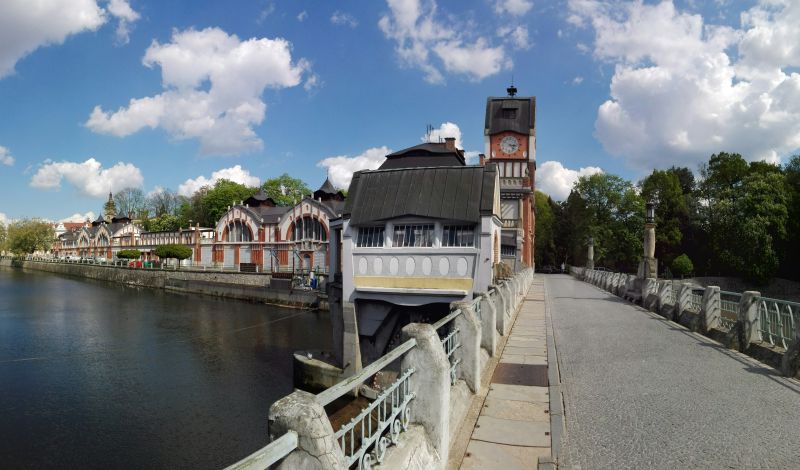 |
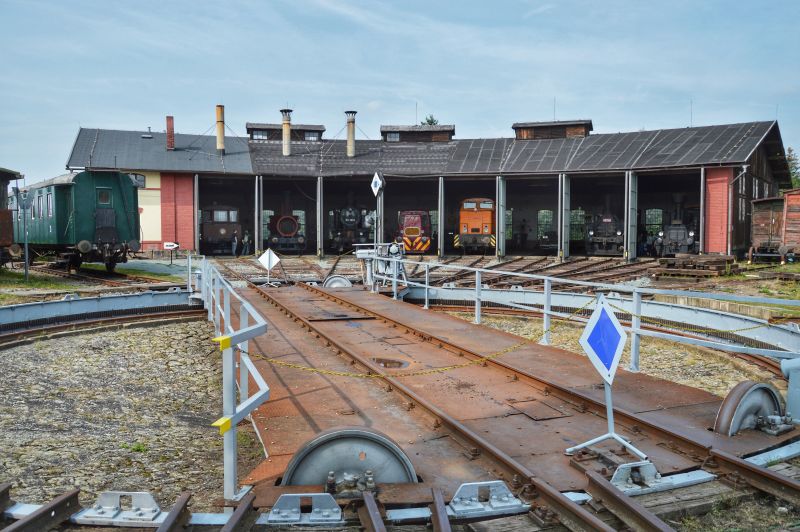 |
18. Výtopna Railway Museum, Jaroměř You can reminisce about the times when trains ran only on steam in an over 100-year-old steam engine roundhouse located near the Jaroměř train station.
|
|
19. Berl’s Lime Factory, Třemošnice Berl’s Lime Factory is a uniquely preserved memorial of the beginnings of the industrialized production of lime below the Iron Mountains. It was in operation between 1880 and 1960. Presently, it houses an exhibition on the history of the lime industry.
|
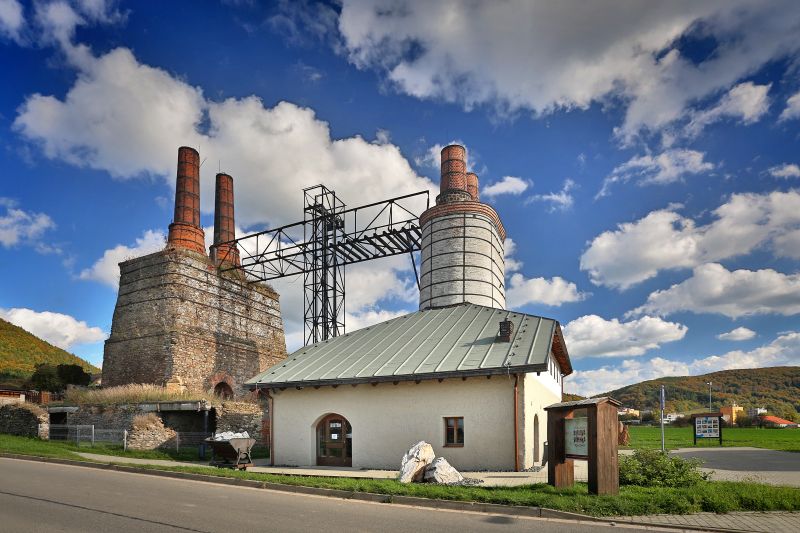 |
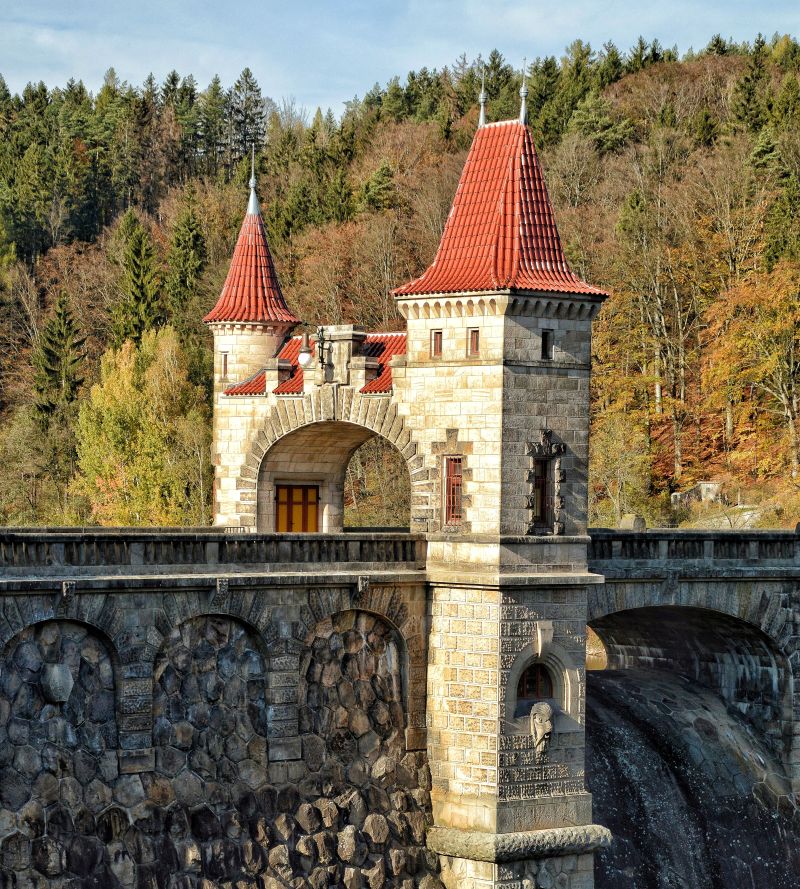 |
20. ZLes Království Reservoir, Bílá Třemešná Les Království Reservoir is a dam reservoir on the Labe River. It is situated at the Těšnov hamlet in the Bílá Třemešná cadastral area, four kilometres upstream from the town of Dvůr Králové nad Labem. The structure was built in the romanticized pseudo-Gothic style (1910–1919). |
|
TIP!
Museum of Ceramics, Bolesławiec Ceramic crockery, dating from the 18th century to the present day, is the museum’s main exhibit. |
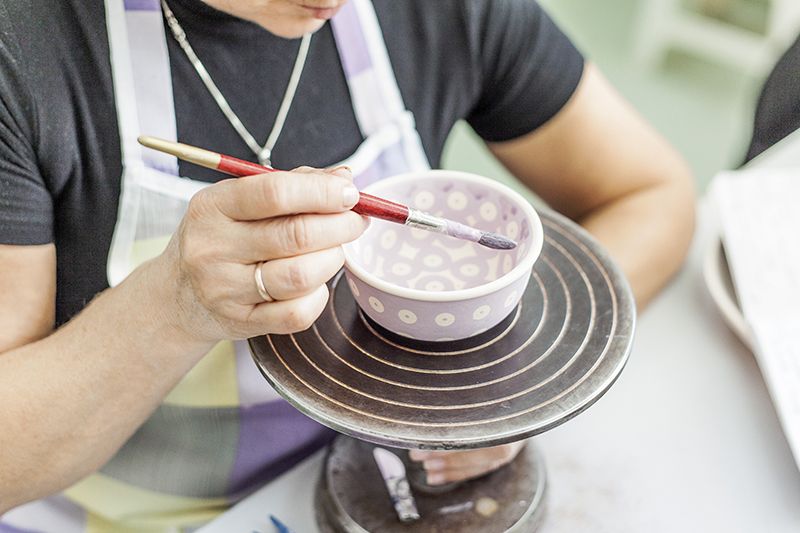 |
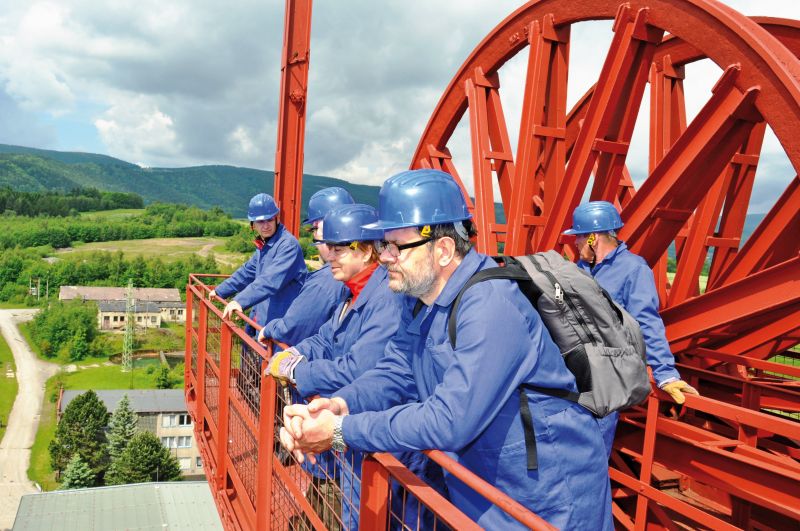 |
21. Žacléř Mining Open-Air Museum The Jan Šverma Mine site is the last remaining, well-preserved memorial of deep coal mining in Eastern Bohemia, documented in writing as far back as the 16th century. The mine is open to the public as an open air mining museum. |
|
22. Julia Glass Works, Piechowice Hand-decorated crystal glass products have been made in the Julia Glass Works for nearly 200 years now. In addition to viewing work being performed by the best craftspeople, visitors can enjoy special demonstrations and workshops here. |
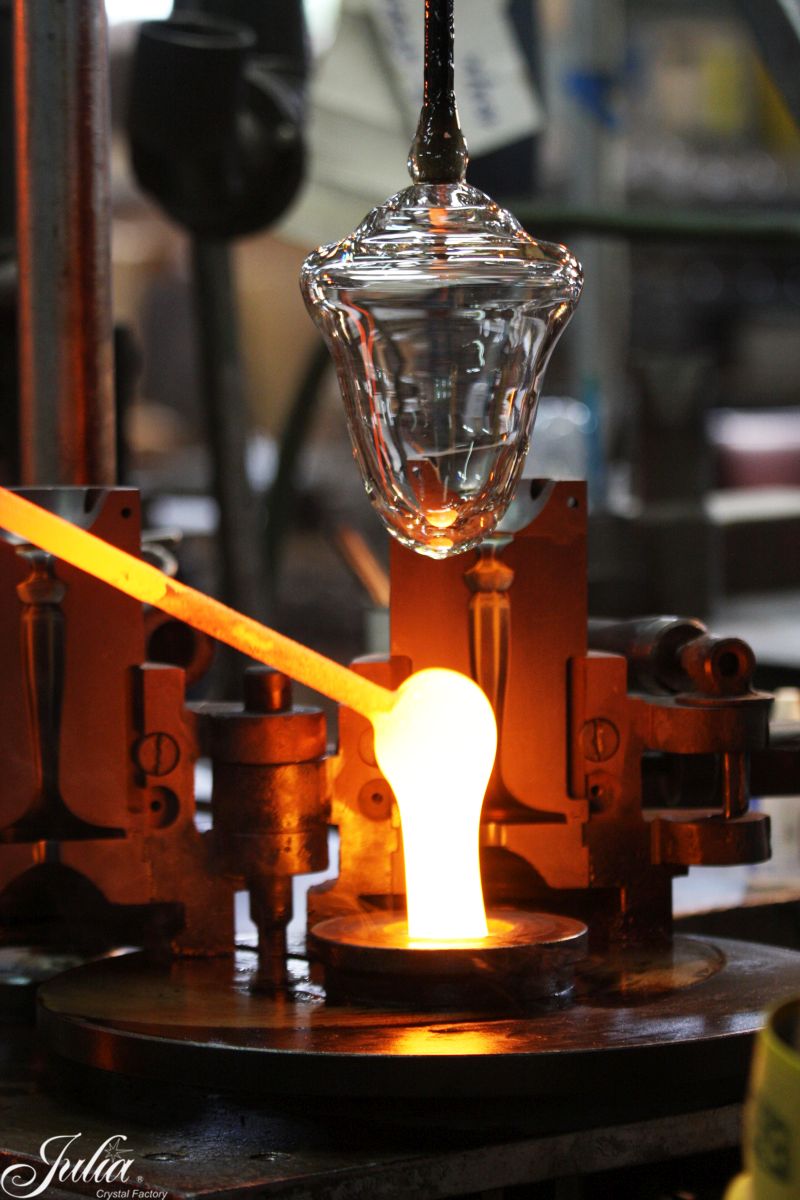 |
|
|
TIP!
Silesian Press Museum, Psczyna This is the only museum in the country that collects magazines, historic bookbinding machinery, and press equipment |
|
23. Ještěd In 1973, a new, silver cone-shaped building with a hotel and a television transmitter was completed a few kilometres from Liberec. It has become a unique, dominant landmark of both the Ještěd Ridge and the entire region. |
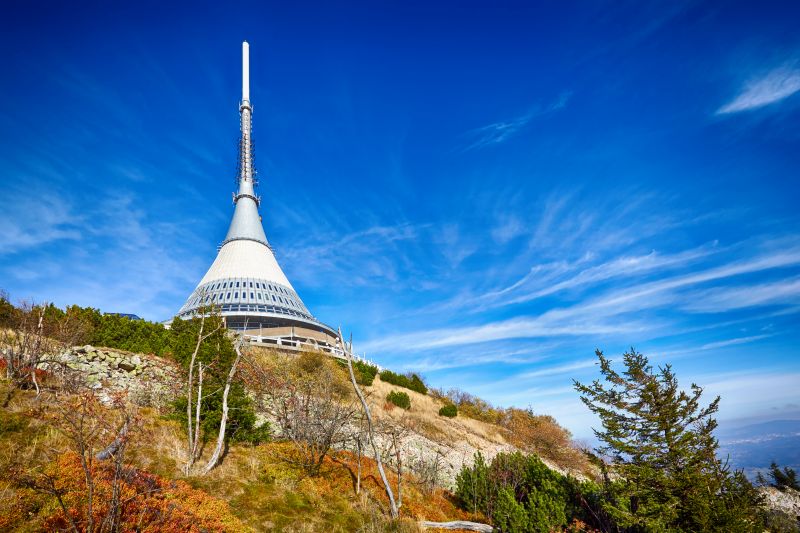 |
The Czechoslovak fortification system built between 1935 and 1938 along the border of former Czechoslovakia ranked among Europe’s most sophisticated defence fortification systems. The designed fortification was made up from a line of light structures (simple forts) and heavy structures (stand-alone buildings or artillery strongholds).
|
1. ‘Na trati’ MO-S5 Museum, Starý Bohumín It is classified as a heavy fortification structure. Construction-wise, it is an atypical, two-sided and two-level infantry blockhouse, which stands alone and has a third-degree resistance strength. The building’s original arsenal was formed by two antitank cannons and four separate heavy machine guns located in firing rooms. This arsenal was complemented by heavy and light machine guns in two infantry bells, three light machine guns in ancillary loopholes and six grenade chutes. |
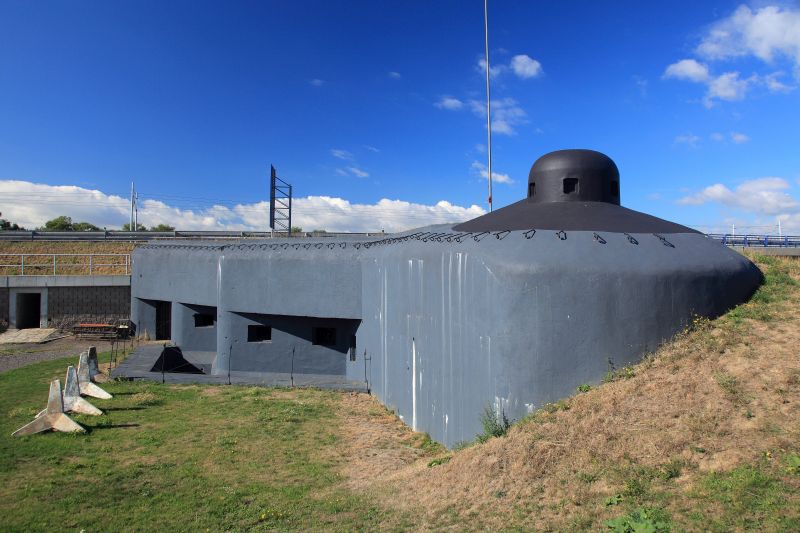 |
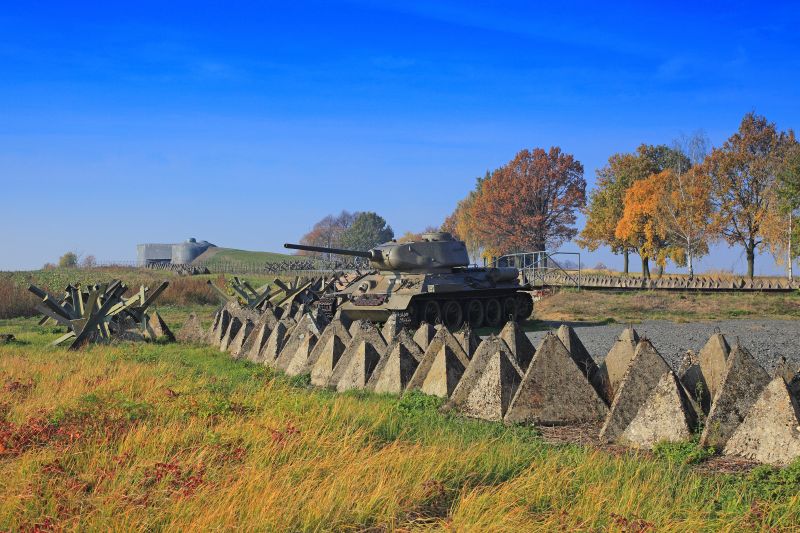 |
2. Hlučín-Darkovičky Czechoslovak Fortification Compound Built between 1935 and 1938, this fortress site is an example of the unique fortification system in the Czech Republic, highly valued across Europe today. The buildings on the site vary in terms of both their design and firing tactics; they also have different degrees of resistance strength. The site is part of the TECHNO ROUTE, a trail of technological attractions, which connects remarkable industrial sights in the Moravia-Silesia Region. |
|
3. Czech Armed Forces Memorialand Czechoslovak Fortification in Milostovice, Opava These are three concrete forts which formed part of the Czechoslovak fortification in the 1930s. Their truly unique features, not to be found anywhere else, are two L1 fortification cannons, which were made in Pilsen’s Škoda Factory. TIP! The annual ‘Lights above Bunkers’ event is a powerful experience, during which bunkers along the entire fortification line are illuminated. |
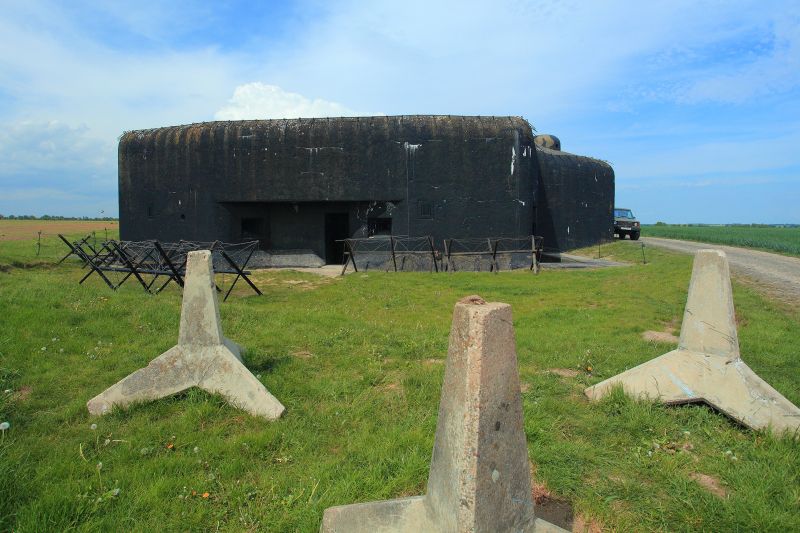 |
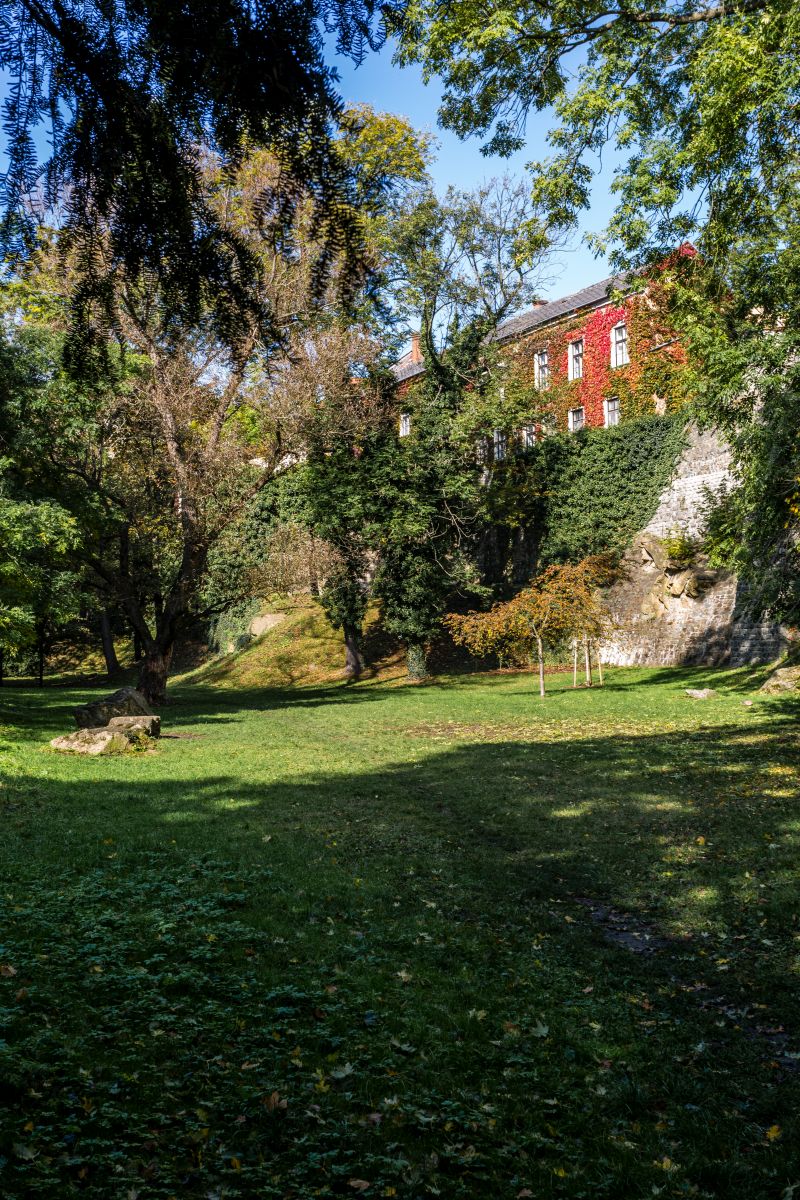 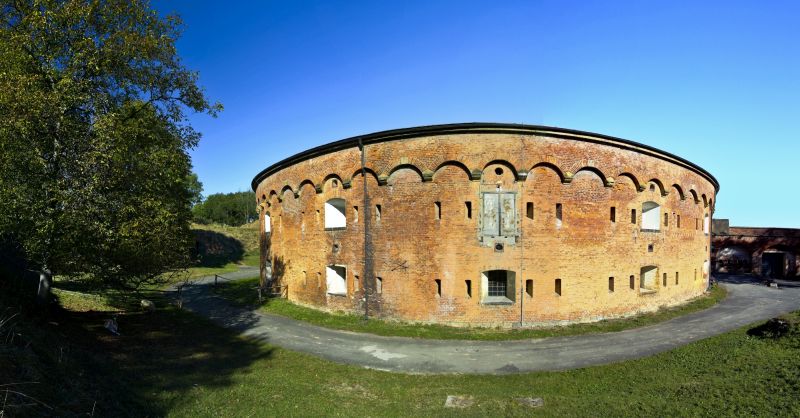 |
4. Imperial and Royal Fortress, Olomouc In Olomouc and its surroundings, you can explore bastion fortification sites dating back to the 18th century, built on the order of Empress Maria Theresa as a defence against the Prussians. In the city centre, you can go and see the Theresian Gate and water barracks; while the Crown Fortress will provide you with information about the military history of Olomouc. You can also take a look in some of the structures that form parts of a fortified stronghold subsequently built in the 19th century. Thirty military buildings, which used to be part of the stronghold, are interconnected via an educational cycle route. |
|
5. Museum of Czechoslovak Fortification – Bouda and Hůrka Artillery Fortifications, Králíky These two structures are the largest fortifications built in the 1930s, which are open to the public in the Czech Republic. Concurrently, they are part of the Králíky fortification site, where a project is gradually being undertaken to save and provide more access to these unique military, technological, and historic landmarks. TIP! A 6.5 km long educational trail will take you from Great Square in Králíky to the Hůrka artillery fortification, and reveal plenty of interesting facts about the local fortification structures. |
|
|
|
6. Hanička Fort A military fortification compound built between 1935 and 1938. It is made up of five combat blockhouses with armoured bells and about 1,750 metres of underground tunnels and halls. The underground, which houses a military museum, is open to the public. |
|
TIP! ‘U Cihelny’ K-S 14 Infantry Blockhouse, Králíky A stand-alone infantry blockhouse with a thirddegree strength resistance. A traditional demonstration of a fight for the fort is held near the building at the end of August. The building houses a large exhibition covering the establishment of the Czechoslovak Republic, the Czechoslovak Legions, the construction of the fort, and the fate of Sergeant Arnošt HRAD, who tragically died inside the building. |
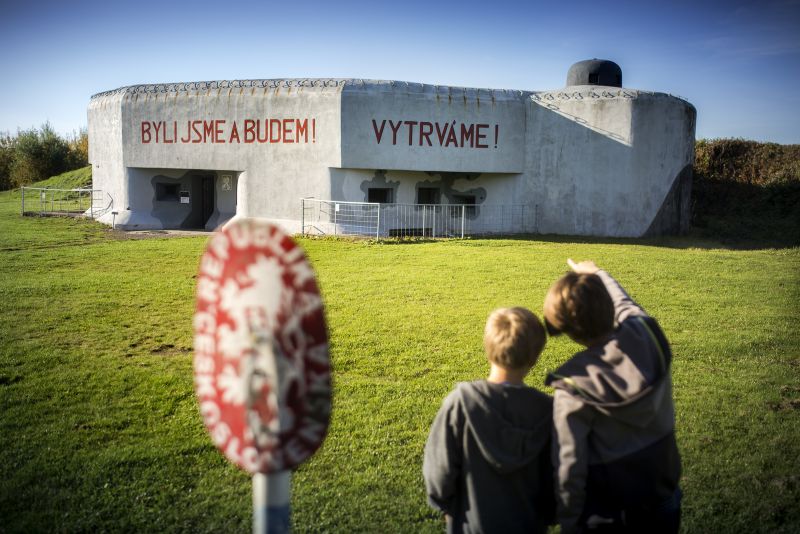 |
|
7. Skutina Fort The artillery fortification is an example of a ‘Frenchtype’ fortification – two infantry blockhouses were inserted in a line of stand-alone buildings to protect other structures within the fortress with their gunfire and provide an unbroken artillery barrage. Three other blockhouses were planned for the slope facing from the enemy. However, the construction work stopped in autumn 1938. |
|
|
8. Dobrošov Fortress The construction of the fort commenced in 1937, however, the work ceased indefinitely the following year. During the construction work, 1,750 metres of connecting tunnels and 750 metres of underground room were dug 20–39 metres below the surface. TIP! An educational trail will take you through the entire fortress, and then along the fortification line to Běloves Spa. |
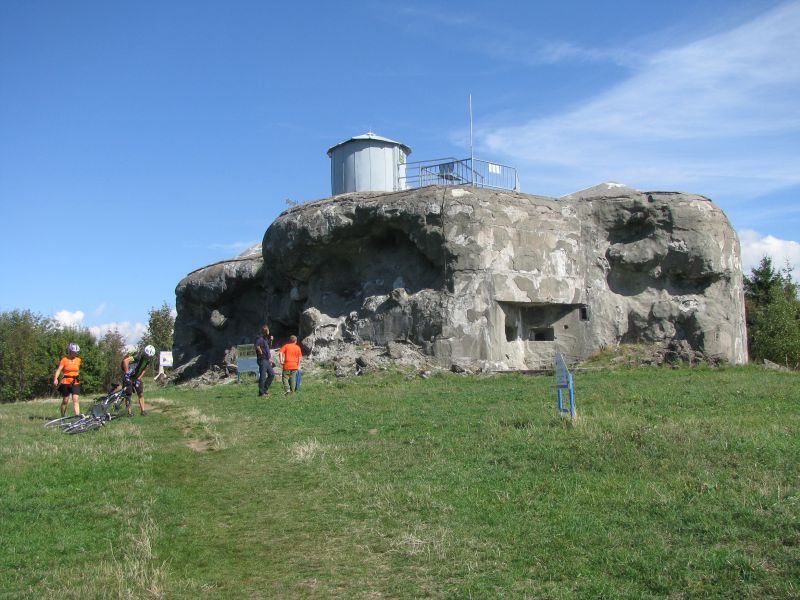 |
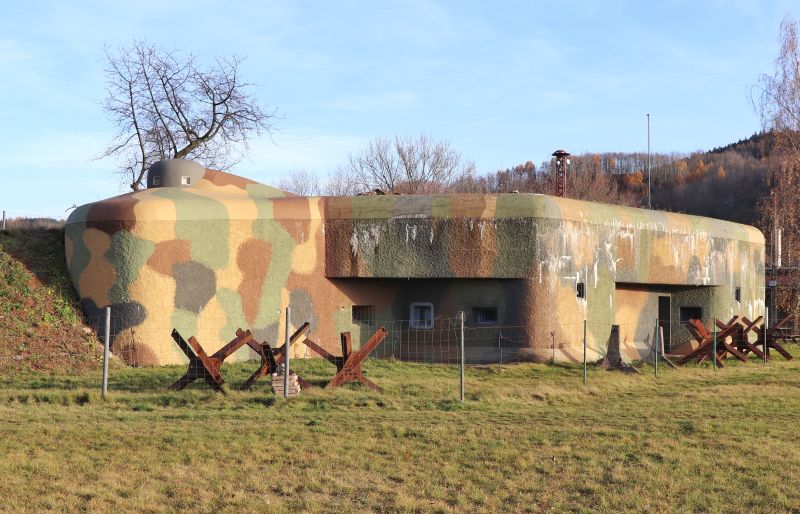 |
9. Běloves Fortress Open-Air Museum, Náchod-Běloves The open-air fortress museum is a unique set of renovated buildings which were part of the Czechoslovak fortification built between 1935 and 1938. The heart of the open-air museum is the ‘Březinka’ N-S 82 infantry blockhouse, which has been restored back into the state it was in the autumn of 1938. |
|
10. Josefov Fortress This bastion fortress is a unique defence compound built in accordance with the best knowledge of fortifications available at that time. When it was built in the late 18th century, the tunnels, whose length totalled almost 45 km, formed the most extensive underground network in Europe. The tour is roughly one kilometre long, during which you’ll learn about surprises laid out for unwanted visitors. At the end, you can try what it is like to walk through underground tunnels in complete darkness. TIP! You can see cannons from the 18th–20th century in a new exhibition. |
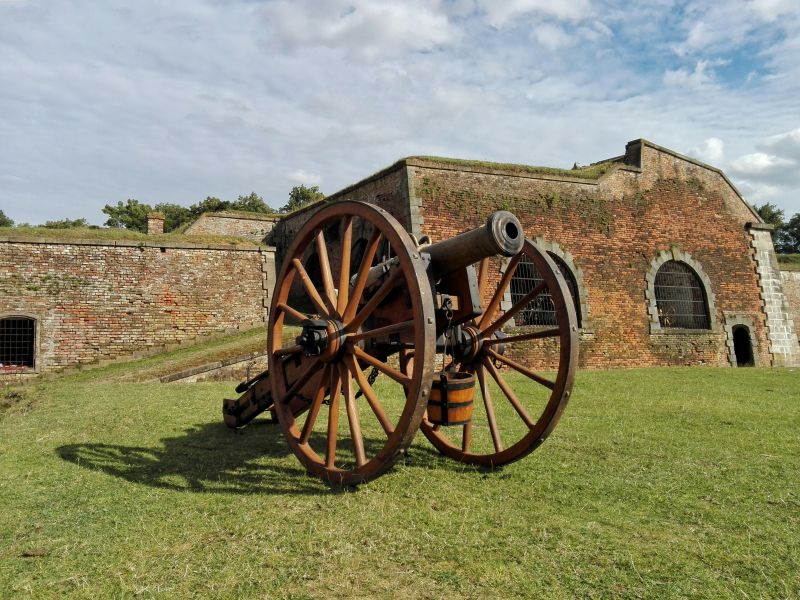 |
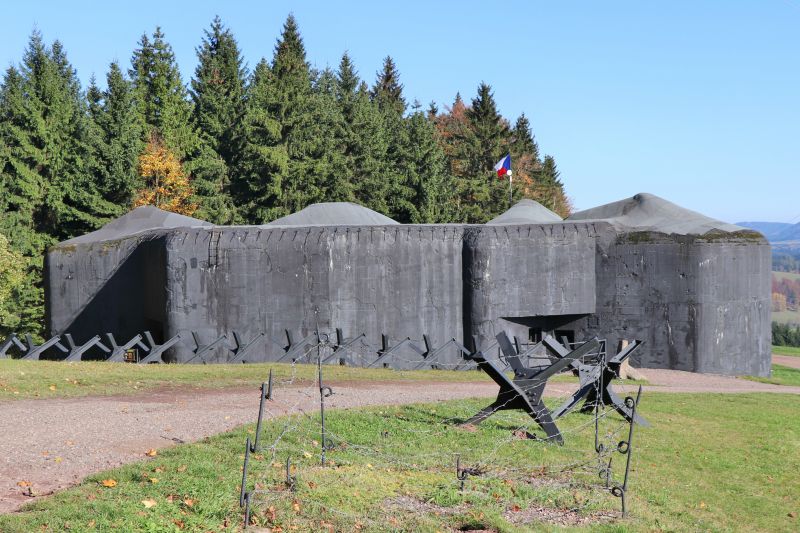 |
11. Stachelberg Fortress The Stachelberg Fortification was built between 1937 and 1938 as part of the pre-war Czechoslovak fortification above Babí near Trutnov, on the eastern side of the Krkonoše. The exhibition is complemented by a multitude of models of period military equipment and individual fortress structures. |
|
TIP! 1866 War Museum The War Museum is situated on the site of the battle fought on 3 July 1866 between the Prussian and Austrian Armies. It was the second biggest battle in the 19th century. The exhibition features the arsenal and equipment of the armies involved in the conflict. Nearby is an ossuary, a mausoleum, a Prussian cemetery and a monumental Austrian memorial. On the anniversary of the battle, remembrance events to honour the memory of the fallen take place here. |
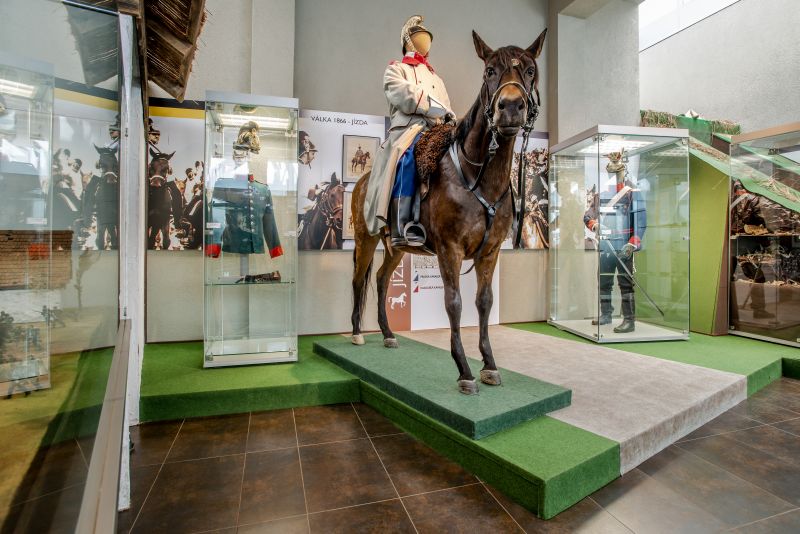 |
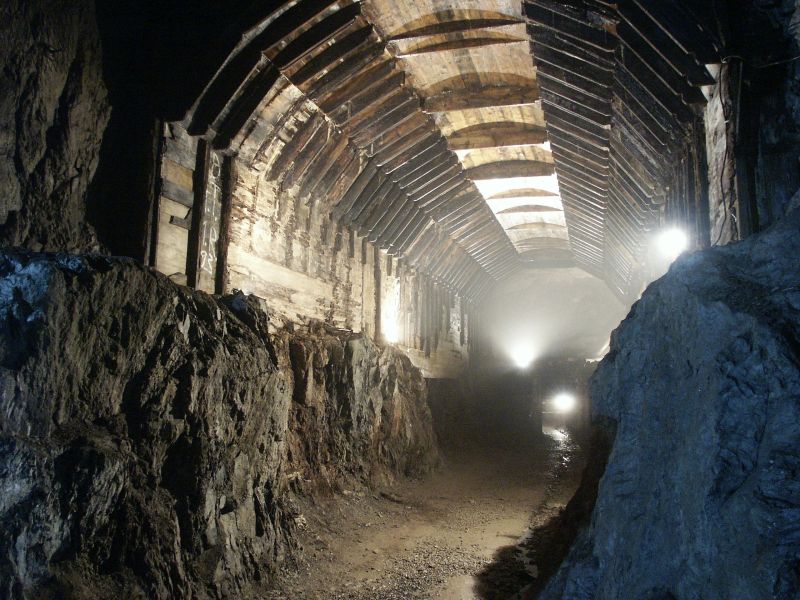 |
12. Riese Complex, Walim and Gluszyca Situated in the Sudeten, the Riese Complex is the largest construction and mining project created by the Nazi Germany. The majority of the complex is made up of a system of underground tunnels, which were built by prisoners. Filled with mystery to this day, the adits are a unique heritage site dating from World War 2. TIP! The underground town of Osowka is the most interesting and longest accessible part of the whole complex. There are two routes: the 1,200 metres long historical guided route; and the extreme guided route, which includes a boat ride and tunnels for treasure hunters. |
|
13. Srebrna Góra Fortress This mountain fortress, built in the second half |
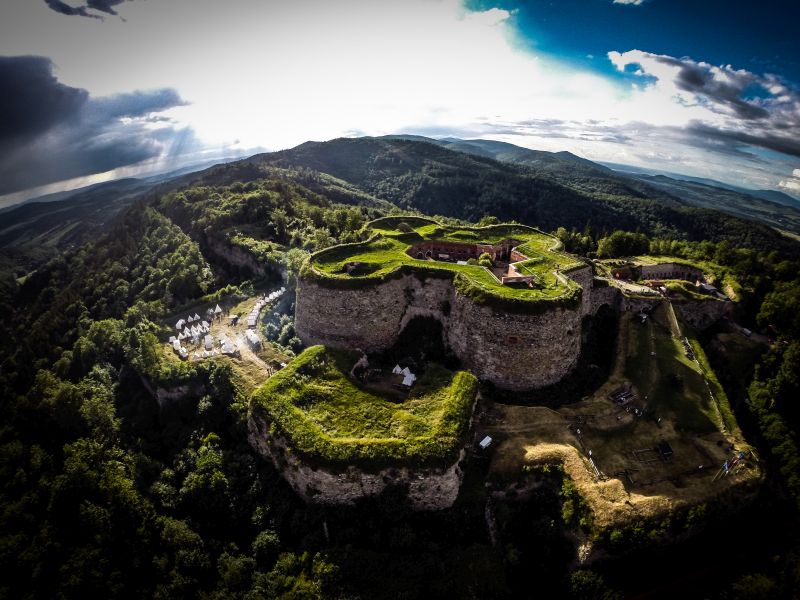 |
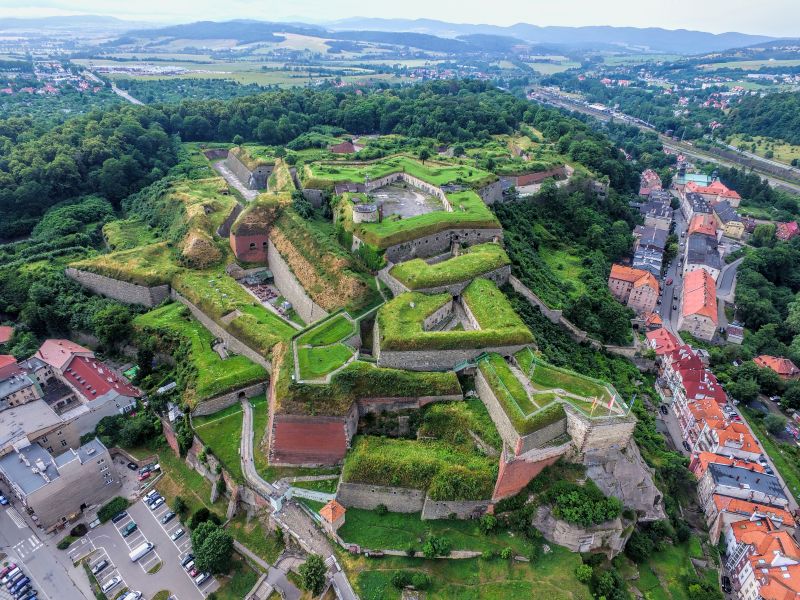 |
14. Kłodsko Fortress Kłodzko Fortress situated on Castle Hill (Wzgórze Zamkowe), built by the Austrians in the 16th century and expanded by the Prussians in the 18th century, is a compound of bastions, casemates and mysterious mazes. Inside the fortress, you’ll learn about the lives of soldiers back at that time. Some of the underground tunnels are also open to the public. |
|
TIP!
‘Blechhammer – 44’ Museum |
This small museum features the history of the village and its nearby area during the Second World War. Each room features a unique theme: The 15th US Air Force, prisoners of war, labourers and prisoners in the local camps. |
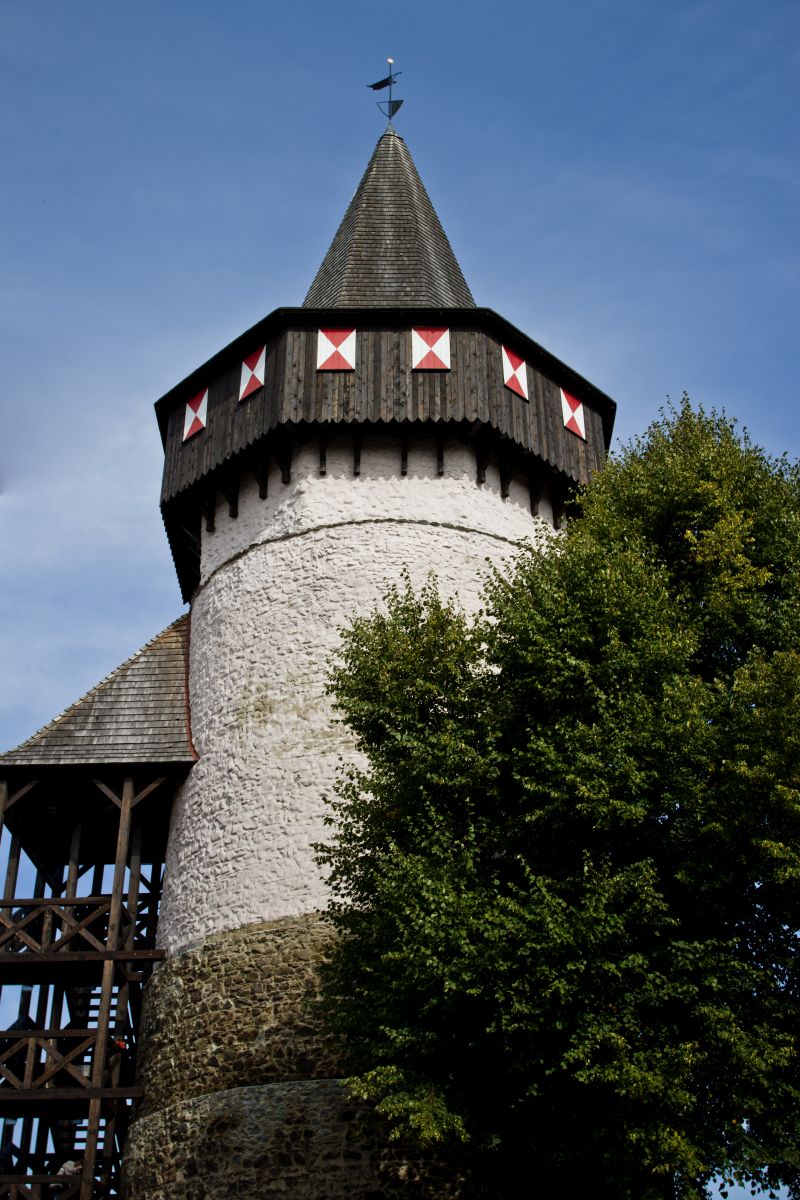 |
TIP! Vok Tower, Prudnik The castle tower (Wieża Zamkowa), also called the Vok Tower, is the only remainder of the 13th-century fortress, built by Vok of Rosenberg (Rožmberk), a Bohemian nobleman, knight and the founder of Prudnik. The medieval castle burned down at the beginning of the 19th century. Only its 41-metre-tall tower, which is used as a lookout tower, has survived. |
|
TIP! Museum of the 4th Regiment of Podhalański Snipers |
This small private museum features the history of the 4th Regiment of Podhalański Snipers, whose garrison was stationed in this town until 1939. |
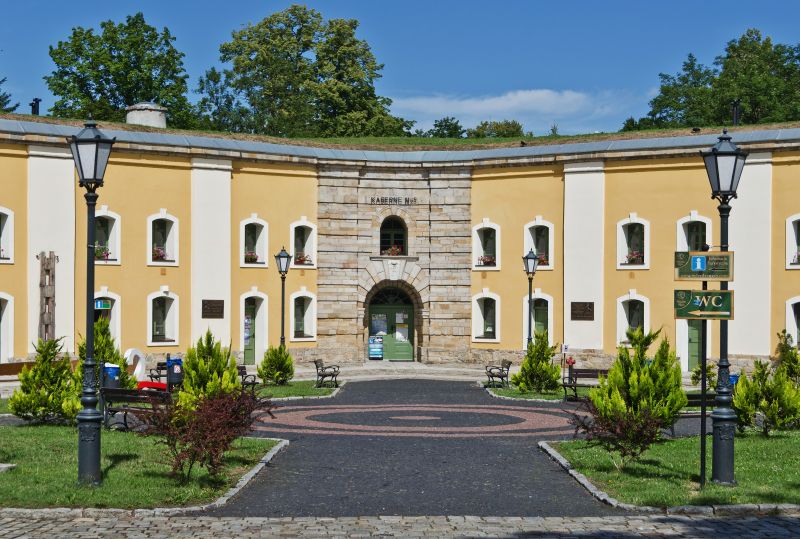 |
15. Nysa Fortress The fortress is one of the best preserved fortification systems in Silesia. Most buildings – St Hedwig’s Bastion, the Water Fort, the Capuchin and Cardinal Redoubt, Prussia Fort, Fort I, Fort II and fortifications were built in the 18th century. They were modernized in the 19th century. The Nysa Fortress structures take up an area of around 80 hectares and encircle an area of around 230 hectares. At the beginning of this century, the fortress underwent considerable renovation work, and became an important tourist attraction and cultural events venue. Historical events are regularly held in the fortress, such as the Battle of Nysa (in August or September during the Nysa Fortress Days), attended by uniform-clad groups from Poland and abroad alike. |
To download: